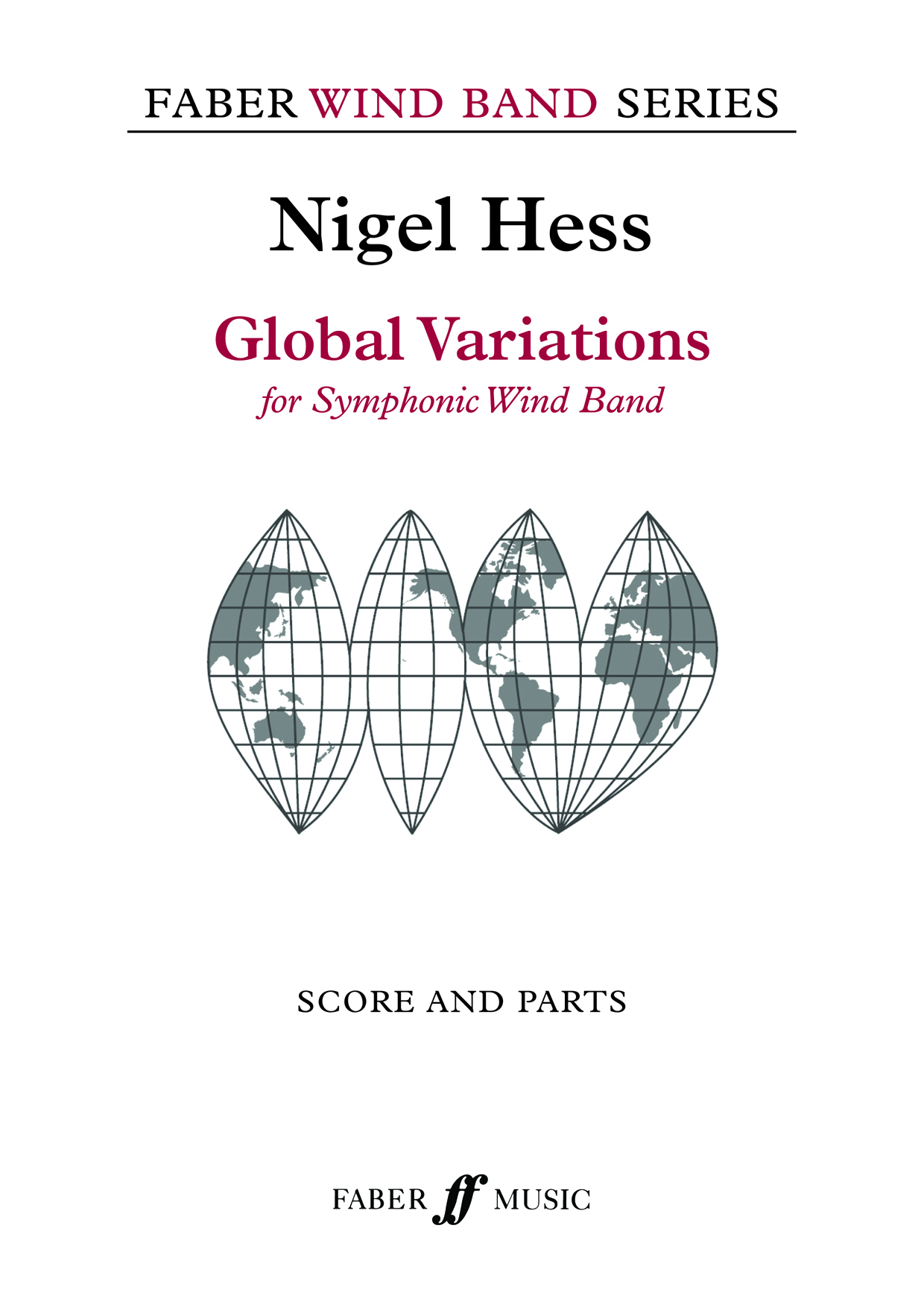Results
-
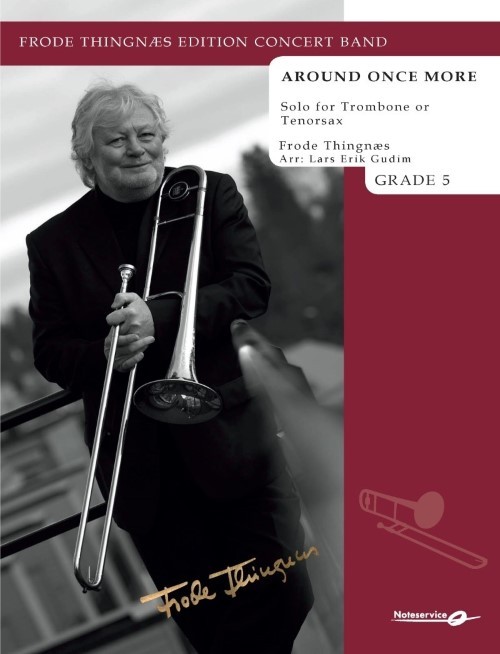 £106.00
£106.00Around Once More (Trombone or Tenor Sax Solo with Concert Band - Score and Parts) - Thingaes, Frode - Gudim, Lars Erik
In addition to his role in the band music movement in Norway, Frode Thingn?s also appeared as soloist and bandleader for several ensembles. One of these was the Frode Thingn?s Quintet who released three LP-recordings from 1978-1981. "Around Once More" is taken from the 1980-release "Direct to Disc" on where the composer showcase his great skills as trombonist together with other great Norwegian musicians. This demanding arrangement challenges not only the trombone- or tenorsax soloist but also the whole Concert Band. Duration: 3.30
Estimated dispatch 7-14 working days
-
£75.00
Global Variations - Nigel Hess
Around the world in just over eight minutes! Although commissioned for a Youth Band, no concessions are made here for lack of technical ability, particularly in the percussion department. The chimes of Big Ben herald the start of a whistle-stop global journey, calling in turn at France, Spain, South Africa, Egypt, Russia, India, China, Australia, South America, and the USA, with a final detour through Ireland and Scotland before hearing Big Ben once more as we arrive home!
In stock: Estimated delivery 1-3 days
-
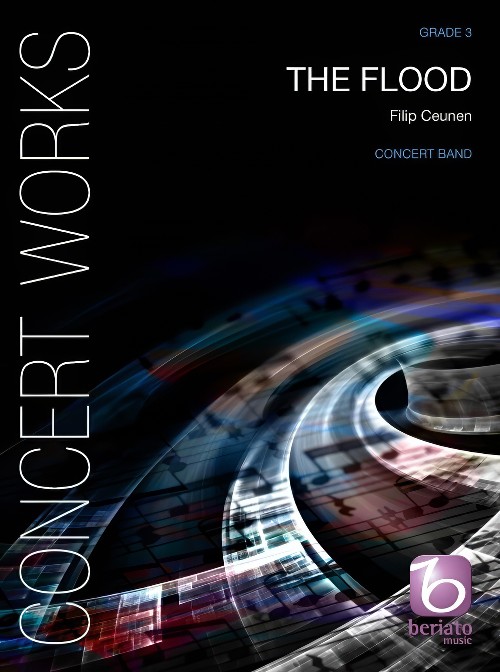 £104.99
£104.99The Flood (Concert Band - Score and Parts) - Ceunen, Filip
The Flood was commissioned by Music Society Maris Sonores from Biddinghuizen, the Netherlands, on the occasion of its 55th anniversary. In this colourful composition, the name of the society has been inventively woven into the music, Maris Sonores meaning sounds of the sea, by means of key clicks in the flutes and clarinets, wind effects in various brass and woodwind instruments along with timpani, as well as sound effects in the small percussion. In addition, the history of the town is also reflected musically. Many centuries ago, around the year 800, a hamlet by the name of Bidningahusum already existed; unfortunately, it fell victim to the water of the then Zuiderzee. Later, the catastrophic flood of 1170 dealt the final blow. In the 1960s, there was a call for pioneers to once more build a town carrying the name Biddinghuizen in the polder of Eastern Flevoland - and so it happened. This versatile work has been written in such a way that many bands will be able to play it. Each instrument group comes out well, so that The Flood will be a joy for players and listeners alike. Duration: 9.30
Estimated dispatch 7-14 working days
-
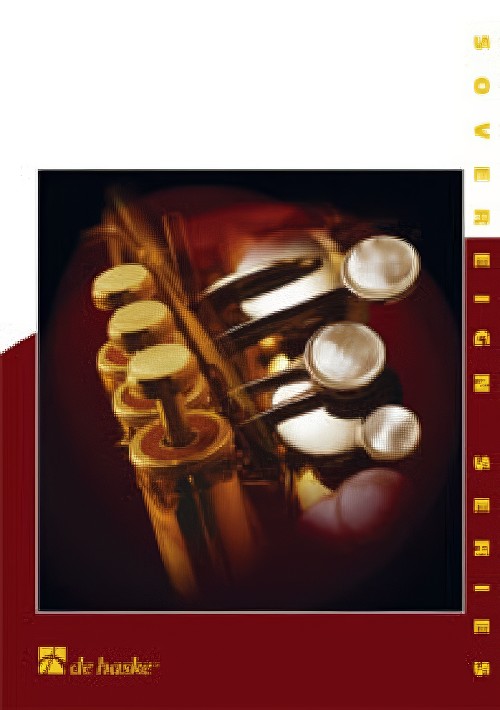 £179.99
£179.99Fantasy Tales (Concert Band - Score and Parts) - Swerts, Piet
This work, reminiscent of a film score, describes the history of the Dutch town Horn. A broad lyrical theme, played by the horns, depicts the history of this town on the river Meuse. A cheerful Allegro represents rural life around the town and its castle. Following this the horn theme returns and the music changes dramatically. A drum roll symbolises the times of war that the town and castle have known. The threatening music eventually develops once more into the hopeful horn theme, a sign of reconstruction and the future.Duration: 10:45
Estimated dispatch 7-14 working days
-
 £104.99
£104.99The Flood - Filip Ceunen
The Flood was commissioned by Music Society Maris Sonores from Biddinghuizen, the Netherlands, on the occasion of its 55th anniversary. In this colourful composition, the name of the society has been inventively woven into the music - Maris Sonores meaning sounds of the sea - by means of key clicks in the flutes and clarinets, wind effects in various brass and woodwind instruments along with timpani, as well as sound effects in the small percussion. In addition, the history of the town is also reflected musically. Many centuries ago, around the year 800, a hamlet by the name of Bidningahusum already existed; unfortunately, it fell victim to the water of the then Zuiderzee. Later, the catastrophic flood of 1170 dealt the final blow. In the 1960s, there was a call for pioneers to once more build a town carrying the name Biddinghuizen in the polder of Eastern Flevoland - and so it happened. This versatile work, which is available for concert band as well as fanfare band, has been written in such a way that many bands will be able to play it. Each instrument group comes out well, so that The Flood will be a joy for players and listeners alike.
Estimated dispatch 7-14 working days
-
 £113.30
£113.30Moderate Dances - Angelo Sormani
This piece is a tribute to dance music, especially passionate, intense and meditative dance music. "Moderate Dances" is divided into three movements: a "Tango", a "Slow Waltz" and a "Bossa Nova". Each movement and each dance has its own particular characteristics but, when combined, these different rhythmic beats and times give the piece a feeling of completeness and uniformity. The Tango started to flourish in the suburbs of Buenos Aires in around 1880. There is still some doubt as to its origins, which may be Cuban (Habanera) but are probably African. It was most popular in Argentina and Brazil: here the male protagonist was originally the "gaucho" with his inseparable guitar, later to be replaced by the proud, elegant "compadre". By around 1910 the Tango had spread to Italy and France. New clubs opened, where the upper classes could watch and dance the Tango. Here the dance also underwent some rapid transformations. The exaggerated and extravagant gestures and body movements disappeared. Slow, gliding steps replaced the old rotational movements. The women's red ankle-boots and the partners "staring into each other's eyes" accentuated the erotic nature and sensuality of this dance. So much so that, in 1913, the German government banned soldiers from dancing the Tango. Those who broke the law were immediately discharged from the army. From a strictly musical perspective, the basic instruments were a flute, a harp (the diatonic harp typically played by the Indians of Paraguay) and a violin, or flute, guitar and violin or even clarinet, guitar and violin. These instruments were easy to transport, ideal for playing at parties, in the streets and in courtyards. The musicians played by ear, frequently improvising: there were no scores, no records, which is the main reason why it is impossible to trace the Tango back to its exact origins. However, the Tango's evolution (and growing popularity) was once again fostered by its fundamental ability to absorb "other" cultures, languages and sounds. And it was the arrival of the "bandoneon" (an accordion-like instrument that was invented in Germany and brought to Rio de la Plata by some immigrant), which replaced the flute, that marked the beginning of the Tango's huge success outside Argentina. A number of talented composers, above all the great Astor Piazzola (1921-1992), transformed the bandoneon from a simple accompanying instrument to a solo instrument that was to become the distinguishing feature of the 20th century Tango. The Slow Waltz originated from the Waltz, the typical dance of the Bavarian and Tyrolese peasants in the 1700s. It was composers like Johann Strauss, father and son, who carried the Waltz to its zenith in the 1800s, creating the sensual and melancholy yet joyful and charming dance we are all familiar with. When the Waltz first became popular in Germany, the members of respectable society were shocked at the closeness of the dancing partners, who had always previously danced apart. The main difference between the Waltz and Slow Waltz is that the latter has a slower, more expressive rhythm: the men wear tails and the women wear ball gowns decorated with beads and feathers and couples dance in graceful rotational movements. "Bossa Nova" is the title of the last movement in the piece. Jobim, the great Brazilian musician, described this musical genre as a combination of modern Jazz and Samba. Bossa Nova means "new wave". This was the name of the artistic and musical movement that evolved in Brazil in the late Fifties and was extremely popular throughout the Sixties. The songs are usually about love or social matters, drawing inspiration from the slums of Rio De Janeiro and the lives of their inhabitants. Bossa Nova, with its original compositions and the artistic talent of its musicians, also became hugely popular in the United States and Europe, and top Jazz musicians (Ella Fitzgerald, Stan Getz, Bob Cooper, Charlie Bird, Sonny Rollins, Dexter Gordon, Dizzy Gillespie) started to include Bossa in their repertoires.
Estimated dispatch 7-14 working days
-
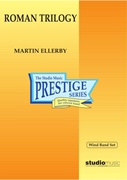 £164.95
£164.95Roman Trilogy (Prestige Concert Band - Score and Parts) - Ellerby, Martin
This work falls into three movements, all concerned with the subject of the Italian capital city of Rome, rather like previous tributes to other European citites in Paris Sketches, Venetian Spells and The Cries of London. The emphasis is on atmosphere and drama, be they respectful or joyful! It is acknowledged that Ottorino Respighi has influenced this work though his own eternal Rome tributes are not challenged here, rather saluted and celebrated.The three movements are: 1. Collosea di Romaan evergrowing march mood, builds in intensity and density as we approach the mighty Colosseum, the amphitehatre of Classical Rome, where deadly spectacles were once played out. We should not forget that countless thousands died here whilst even more laughed in the name of entertainment: their memory is reflected in the coda. In its unique way this icon of Rome is one of the most tragic historical places.2. Capella Sistinathe Sistine Chapel of the Vatican City is observed in a series of chorales and interludes. The visitor can look 360o around and be presented with a series of Biblical representations and commentaries. The music attempts to reflect these contrasting panels whilst ultimately bowing to the glory of this magnificent artistic creation. The coda is enigmatic, inconclusive - a single viewing cannot reveal all the mysteries and beauties within. 3. Fonatani di Trevitime for laughter and fun! The Trevi Fountain is one of Rome's finest and visually overboard locations! This is indicated as a Burletta: 'a la dolce vita' which means 'the sweet life'. This burletta (meaning 'little joke') makes use of tarantella and saltarello rhythms and features a pair of tambourines which are associated with these forms. La Dolce Vita was also a film by the renowned Italian director Federico Fellini featuring a memorable scene in the Trevi with a wet Enita Ekberg: something modern day visitors are discouraged from emulating!Duration: 11:15Recorded on Polyphonic QPRM161D ROMAN TRILOGY (TheRoyal Northern College of Music Wind Orchestra).
Estimated dispatch 7-14 working days
-
 £37.95
£37.95Roman Trilogy (Prestige Concert Band - Score only) - Ellerby, Martin
This work falls into three movements, all concerned with the subject of the Italian capital city of Rome, rather like previous tributes to other European citites in Paris Sketches, Venetian Spells and The Cries of London. The emphasis is on atmosphere and drama, be they respectful or joyful! It is acknowledged that Ottorino Respighi has influenced this work though his own eternal Rome tributes are not challenged here, rather saluted and celebrated.The three movements are: 1. Collosea di Romaan evergrowing march mood, builds in intensity and density as we approach the mighty Colosseum, the amphitehatre of Classical Rome, where deadly spectacles were once played out. We should not forget that countless thousands died here whilst even more laughed in the name of entertainment: their memory is reflected in the coda. In its unique way this icon of Rome is one of the most tragic historical places.2. Capella Sistinathe Sistine Chapel of the Vatican City is observed in a series of chorales and interludes. The visitor can look 360o around and be presented with a series of Biblical representations and commentaries. The music attempts to reflect these contrasting panels whilst ultimately bowing to the glory of this magnificent artistic creation. The coda is enigmatic, inconclusive - a single viewing cannot reveal all the mysteries and beauties within. 3. Fonatani di Trevitime for laughter and fun! The Trevi Fountain is one of Rome's finest and visually overboard locations! This is indicated as a Burletta: 'a la dolce vita' which means 'the sweet life'. This burletta (meaning 'little joke') makes use of tarantella and saltarello rhythms and features a pair of tambourines which are associated with these forms. La Dolce Vita was also a film by the renowned Italian director Federico Fellini featuring a memorable scene in the Trevi with a wet Enita Ekberg: something modern day visitors are discouraged from emulating!Duration: 11:15Recorded on Polyphonic QPRM161D ROMAN TRILOGY (TheRoyal Northern College of Music Wind Orchestra)
Estimated dispatch 7-14 working days

